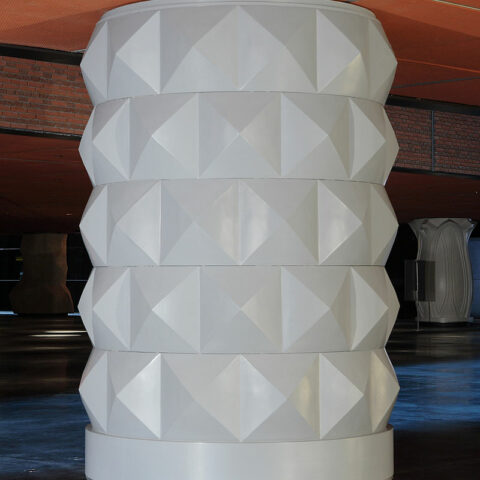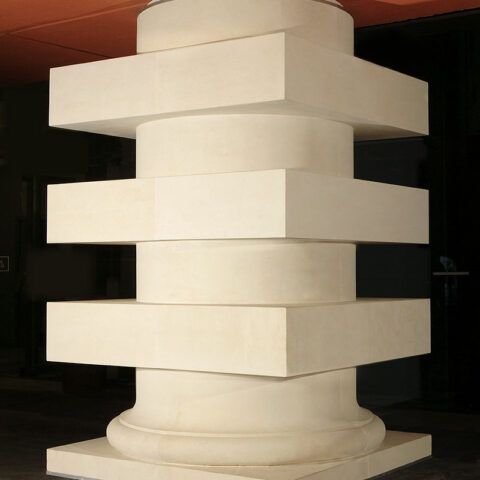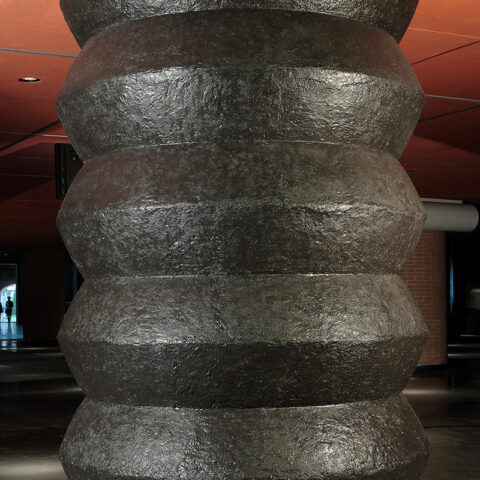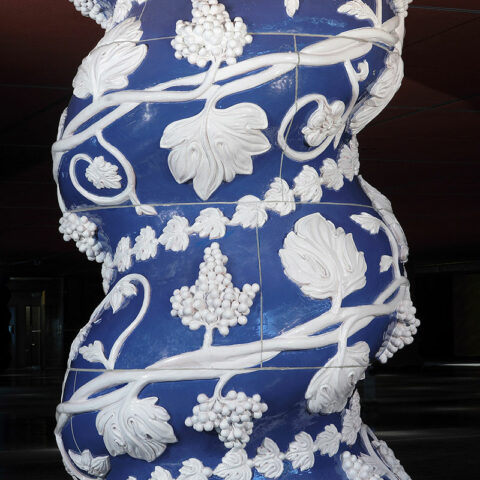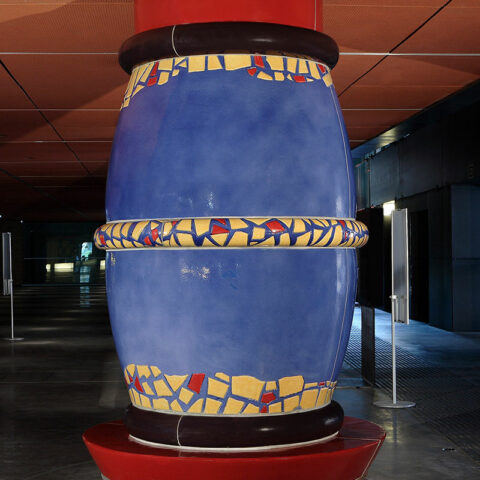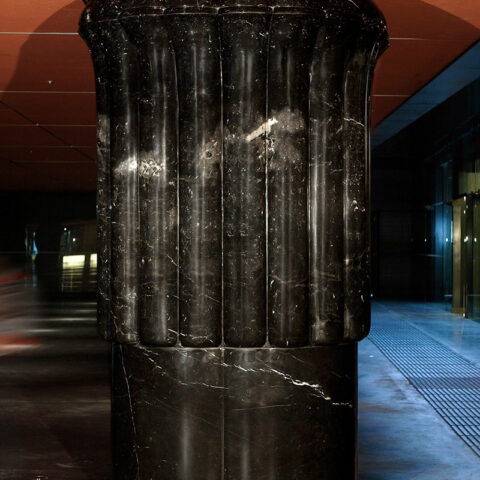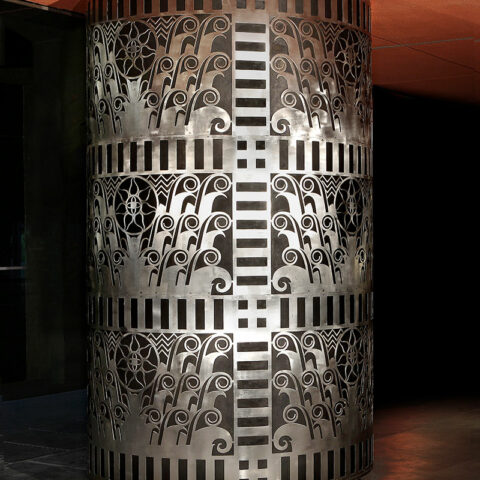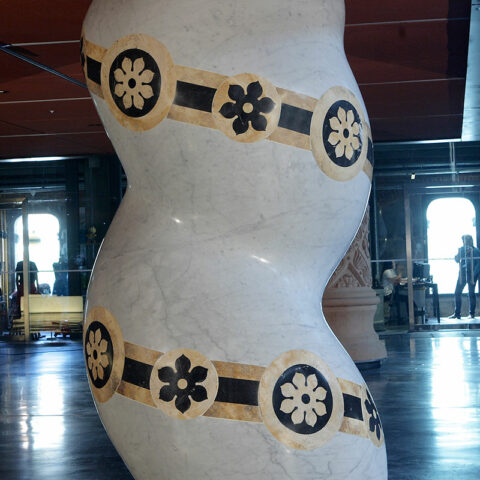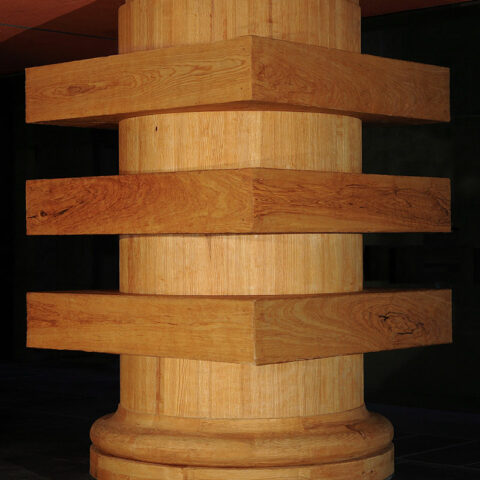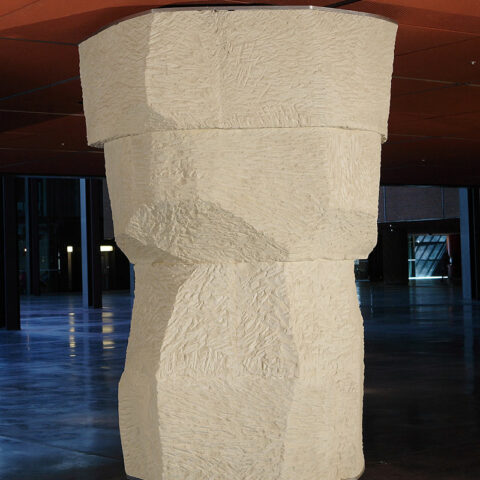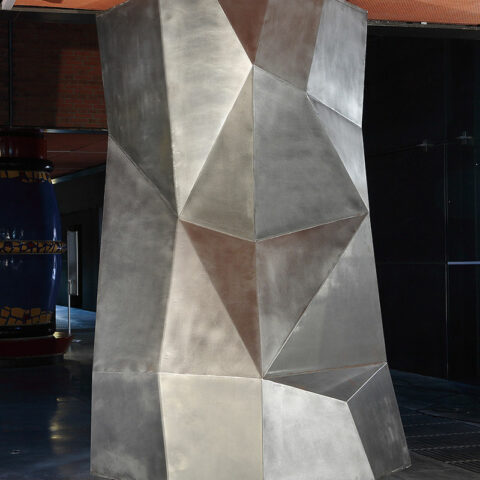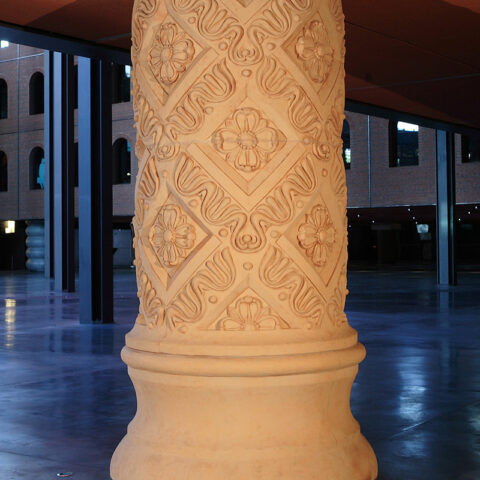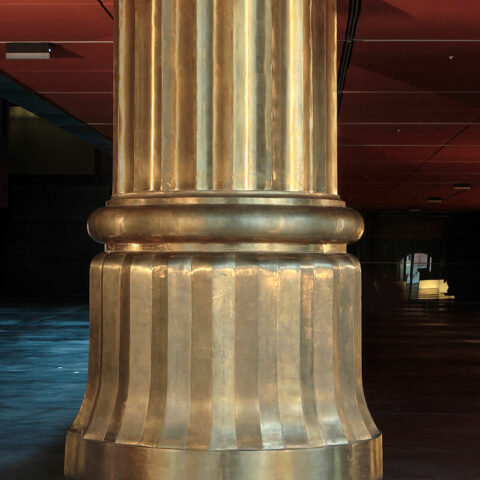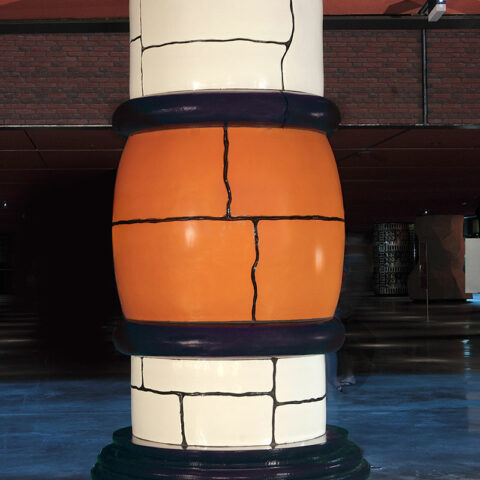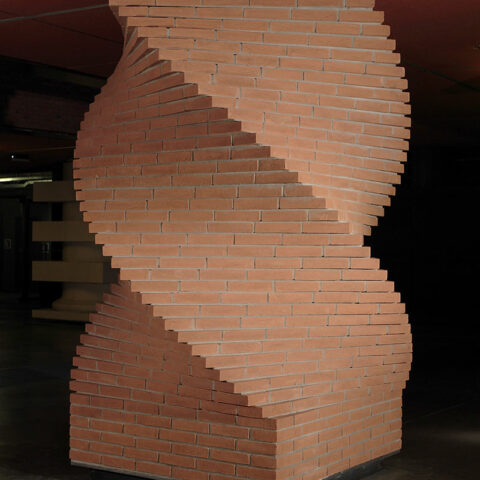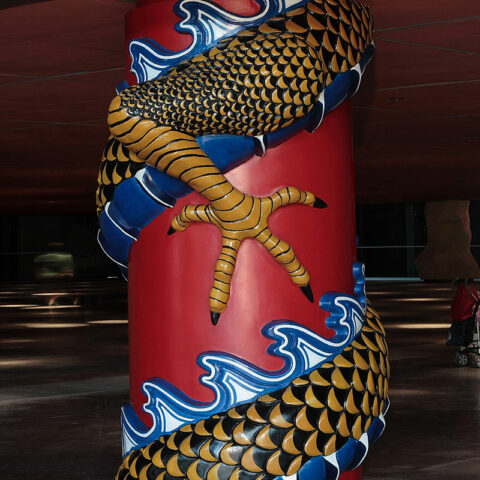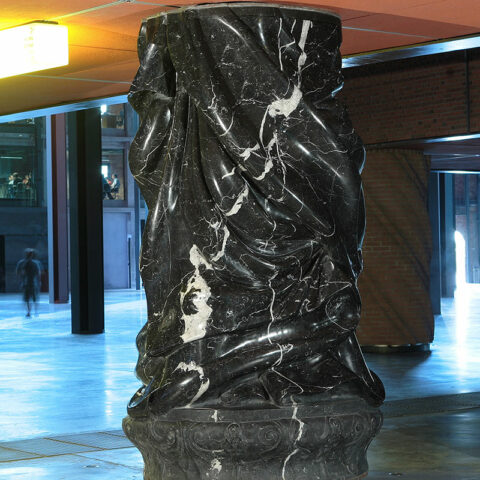VISIT
Azkuna Zentroa - Alhóndiga Bilbao is the place to live culture as a practice, process and space for experiences.
Share:
HISTORY
At the beginning of the 20th century, Bilbao experienced a population and economic growth that prompted it to expand into the area known as El Ensanche, where buildings such as the Alhóndiga were erected.
In 1905, the City Council commissioned the municipal architect Ricardo Bastida to build this warehouse for wine, oil and pickling, which for six decades was one of the city's commercial highlights. Ricardo Bastida designed a large, functional, advanced industrial building in the Modernist style, one of the first to use concrete, in addition to stone and brick.
The Alhóndiga closed in the 70s due to the decline of its activity. Its reopening in 2010, converted into a leisure and culture centre, is part of the process that began in Bilbao in the 1990s to turn the industrial city model into a city of services, with culture as one of the main transformation drivers.
The building, whose facades have been maintained and rehabilitated, is in the modernist style. Its exterior classicism contrasts with the unique, sober and original urban interior space, designed by French designer Philippe Starck.

Throughout these years Azkuna Zentroa - Alhóndiga Bilbao has had different stages as a Leisure and Cultural Centre until now, where through the Project Programme 2019-2023 it has proposed to be the link between society and contemporary culture, adding value to the cultural, artistic and social context of the city. Through contemporary artistic creation, it collaborates in Bilbao's commitment to become a leading cultural reference.
Azkuna Zentroa is already a community formed by thousands of cultural agents and artists, with a stable program, a reference for services such as the Physical Activity Centre or the Mediateka BBK. All this knowledge, practices, projects and experiences have created the current foundation, the basis on which to project it as a new platform for 21st century culture.
Azkuna Zentroa - Alhóndiga Bilbao connects society to contemporary culture
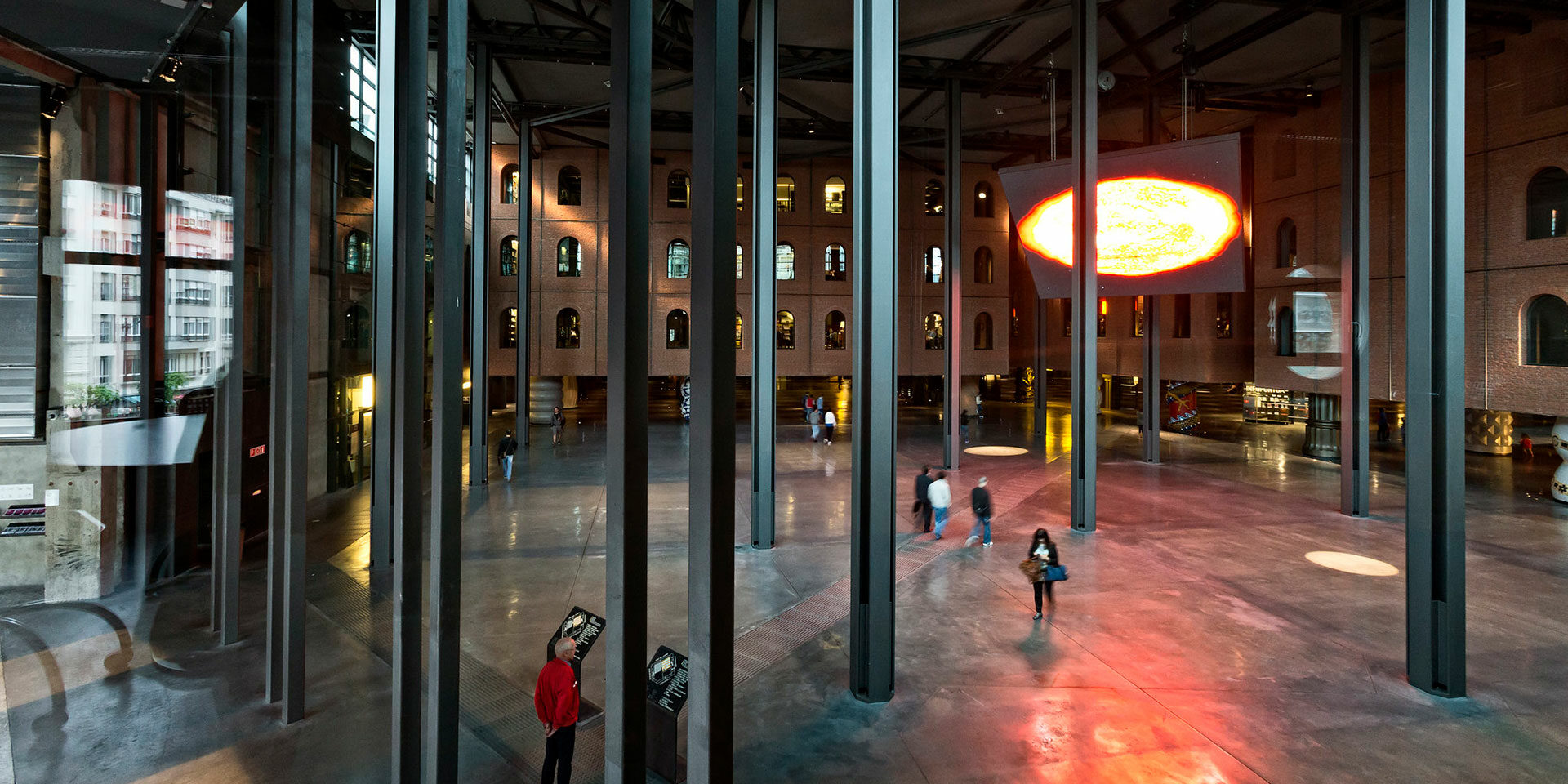

PHILIPPE STARCK
An insatiable creator who bursts with imagination and a great producer of ideas, Philippe Starck fell in love with the Alhóndiga Bilbao project and with the city at first sight. As a result of this relationship, an unprecedented urban space was born, in which the author imprinted the unique style and special character of his works. He overcame the challenge of humanizing the construction and turning it into a referent in the local's daily lives.
For the rehabilitation, the original façade, declared a Cultural Heritage Site in 1999, was maintained, without any of the additions being allowed to exceed the height of the towers. The exterior classicism contrasts with the unique, sober and original urban interior space, devised by the French designer, Philippe Starck. A modern way of projecting this centenary space that maintains much of its essence in the atmosphere. It is a city within a city, with its buildings and streets, inhabited by the diversity of crowds that pass through them every day.
COLUMNS
The 43 columns: a great stage design
Entering the Atrium of Cultures is entering the history of art and humanity. Philippe Starck, designer of Azkuna Zentroa, turned the 43 pillars that support the three interior buildings into a cinematographic setting devised by set designer Lorenzo Baraldi.
The 43 columns symbolize, according to Lorenzo Baraldi, the millions of columns and the infinity of cultures, architectures, wars and religions that have crossed mankind throughout history. Here, the Italian set designer has materialized the cinematographic vision of the Azkuna Zentroa designer in his particular interpretation of this place.
There is no established order to walk through these columns. Each person can contribute their vision by creating their own itinerary and awakening their ability to invent stories. In the arrangement of these sculptures, the intention not to place columns of similar material or style together has prevailed, so that each one has its importance and fair relevance. This tour is an opportunity to reflect on the importance that art has in our lives, even when we are not aware of it.

Column 1

Art decó
Column 2

Modern
Column 3

Palladian
Column 4
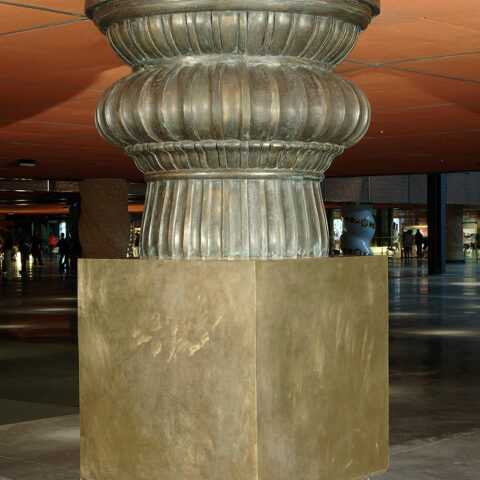
Assyria-babylon

MATERIALS AND CRAFTSMEN
The choice of materials for the manufacture of the 43 columns is also a journey through the history of raw materials. The oldest ones such as marble, brick, wood and bronze were chosen first. Later, as a testimony of modern times, cement and steel. Finally, the use of two elements used for centuries, but which are practically unknown, was also proposed: Lecce stone and glazed terracotta.
The hands of 120 people have made this scenic design a reality. Operators, sculptors, painters and architects have worked body and soul into a commission that, in many cases, was a professional challenge. For this reason, the columns are also a tribute to artisan work, to details, to the more traditional way of doing things, although modern techniques have been used in their manufacture.
The iconographic investigation of all the styles and forms that have existed from antiquity to the present time resulted in 800 sketches of which the 43 erected were finally chosen. Each and every one of the pillars is unique even though they have the same design. The weight of these coatings ranges from 700 kilos for the steel ones and 9,000 for the marble ones.
Monday to Sunday: 9:00 a.m. to 9:00 p.m.
Azkuna Zentroa houses is one of the city’s most representative buildings.


